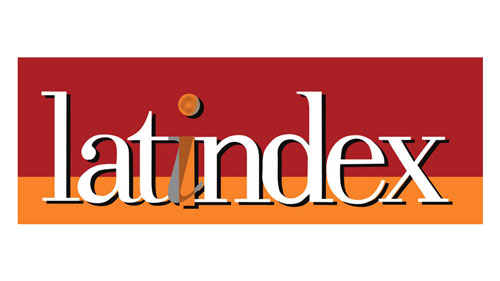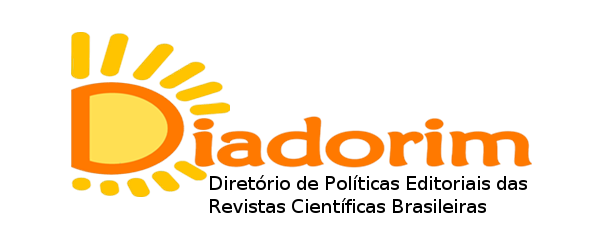Adjective-noun collocation problems: a corpus based study
Mots-clés :
corpus, collocation, frequency of occurrenceRésumé
It is undeniable that with the development of computer technology, linguistic corpora have developed very rapidly. Due to the use of real language, providing databases of naturally occurring spoken and written discourse, corpora have been applied to various levels of language study. Concerning the lexicon, collocations have received a lot of attention in corpus-based research, which led to substantive improvement in reliability as to choice of collocations for teaching materials. Adjective-noun collocations are explicitly taught in the Headway Advanced textbook. My teaching experience with such textbook led me to question whether the criterion used for presenting them had been either the frequency of occurrence in real language or the authors' intuition. This paper describes a corpus-based study, using the full version of 'Collins CobuildDirect' from the University of Birmingham, in which the frequency of occurrence of the adjective-noun collocations presented in the course book mentioned are investigated. The findings reveal that intuition, rather than empirical evidence, was the criterion used. Assuming that frequency should be given priority in learning and teaching because they are generally required, adjective-noun collocations, which have a more significant frequency of occurrence on the basis of the Cobuild Directdatabase, are suggested.
Téléchargements
Téléchargements
Publié-e
Comment citer
Numéro
Rubrique
Licence
(c) Tous droits réservés Revista Horizontes de Linguistica Aplicada 2021

Cette œuvre est sous licence Creative Commons Attribution - Pas d'Utilisation Commerciale - Pas de Modification 4.0 International.

A Revista Horizontes de Linguística Aplicada de http://seer.bce.unb.br/index.php/horizontesla/index é licenciado sob uma Licença Creative Commons Atribuição-Uso não-comercial-Vedada a criação de obras derivadas 3.0 Unported.
- Autores mantém os direitos autorais e concedem à revista o direito de primeira publicação, sendo o trabalho simultaneamente licenciado sob a Creative Commons Attribution License o que permite o compartilhamento do trabalho com reconhecimento da autoria do trabalho e publicação inicial nesta revista.
- Autores têm autorização para assumir contratos adicionais separadamente, para distribuição não-exclusiva da versão do trabalho publicada nesta revista (ex.: publicar em repositório institucional ou como capítulo de livro), com reconhecimento de autoria e publicação inicial nesta revista.




